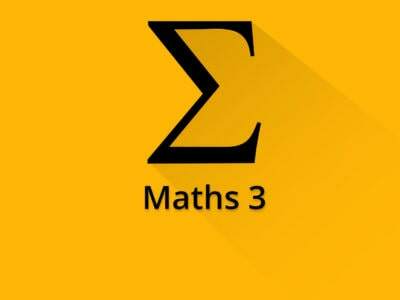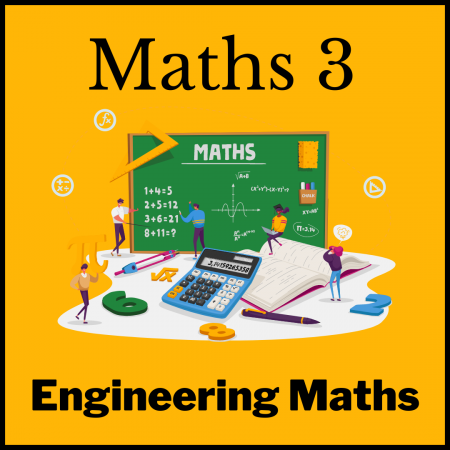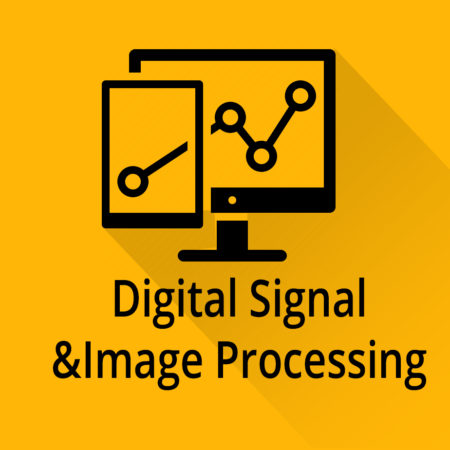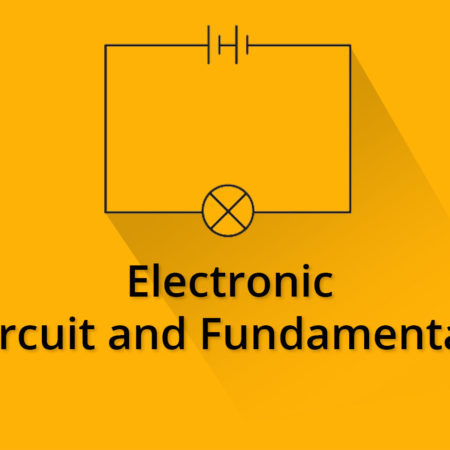Digital Signal Processing
₹999.00
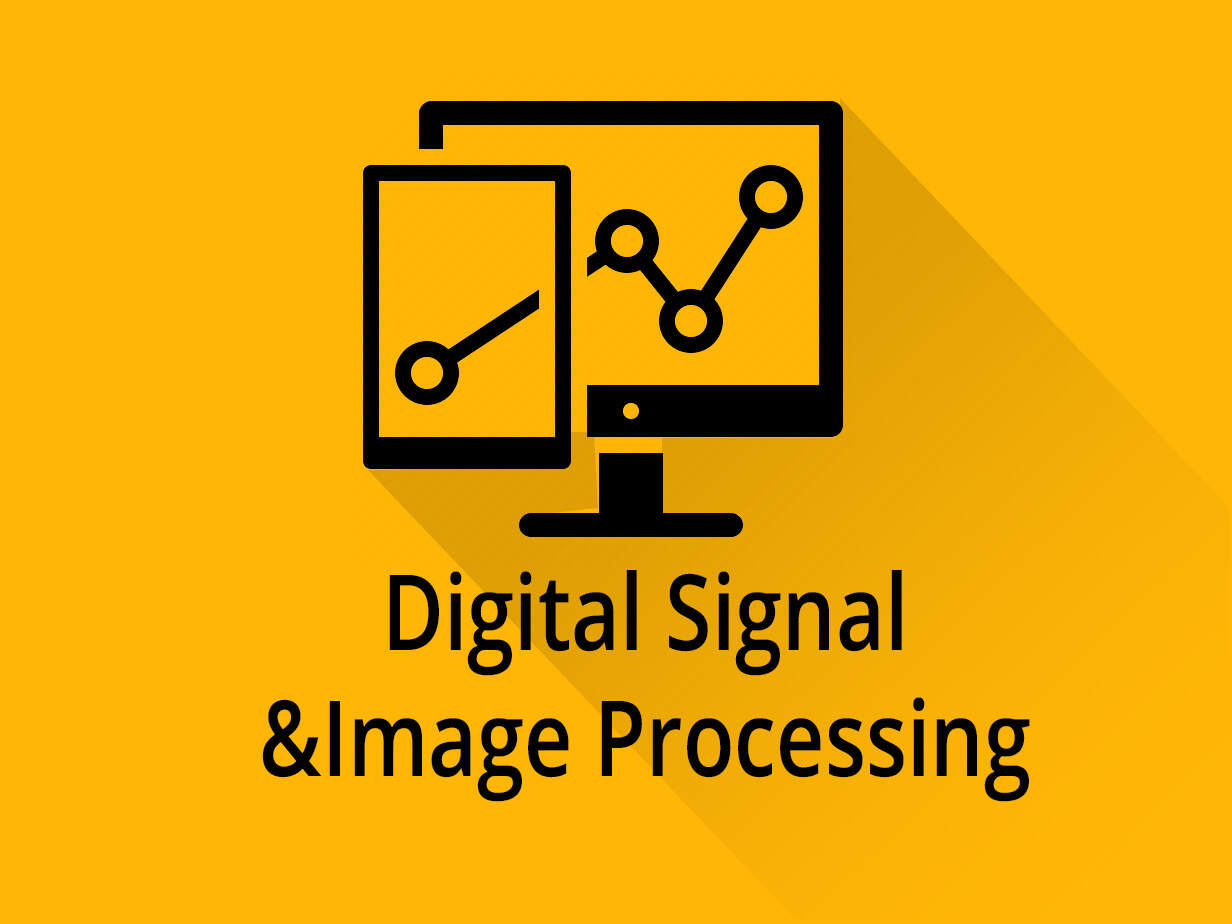
-
Description
Digital signal Processing series
what we are providing
1) 28 videos(check Curriculum for index) + update will be coming before exams
2)Hand made notes Which include solve example and problem for you to practice
3)Strategy to score good marks in DSP -
Index
- Introduction to Digital signal processing (DSP)
- Determine signal is periodic or aperiodic
- Determine Signal is Linear or Non-Linear
- Determine signal is Time varient or Invarient
- Determine Signal is Static or Dynamic
- Determine Signal is Causal or Non Causal
- Find Linear Convolution Part #1
- Find Linear Convolution Part #2
- Circular Convolution
- Cross correlation and Auto Correlation
- Introduction to DFT
- Energy and Power Signal
- DFT(Discrete fourier transform) properties
- DIT-FFT(Decimation in time fast fourier transform)
- Sum based on DFT properties
- KPCC ( Karl Pearson correlation coefficient ) Sum
- Fast Overlap add method
- Fast Overlap Save Method
- Overlap Add Method
- Overlap Save method
- DIF FFT and Inverse of DIF FFT
- Check signal is Stable or Unstable
- Application of DSP
- Z Transform Basics
- DFT Matrix Method
- Sampling Theorem solved Example
- FIR and IIR Difference
- Stability Sum (find the range of linear time invariant signal for which impulse response is stable)
- 8 Point Matrix Method
-
Notes
-
New videos
-
Important
Digital Signal Processing
Digital Signal & Image Processing is semester 7 subject of final year of computer engineering in Mumbai University. Prerequisite for studying this subject are Applied Mathematics. Course objectives for subject Digital Signal & Image Processing is to understand the fundamental concepts of digital signal processing and Image processing. To explore DFT for 1-D and 2-D signal and FFT for 1-D signal. To apply processing techniques on 1-D and Image signals. To apply digital image processing techniques for edge detection.
Course outcomes for subject Digital Signal & Image Processing On successful completion of the course learner will be able to: Apply the concept of DT Signal and DT Systems. Classify and analyze discrete time signals and systems. Implement Digital Signal Transform technique DFT and FFT. Use the enhancement techniques for digital Image Processing. Differentiate between the advantages and disadvantages of different edge detection techniques. Develop small projects of 1-D and 2-D Digital Signal Processing.
A digital signal is a signal that is being used to represent data as a sequence of discrete values; at any given time it can only take on, at most, one of a finite number of values. This contrasts with an analog signal, which represents continuous values; at any given time it represents a real number within a continuous range of values. Digital image processing is the use of a digital computer to process digital images through an algorithm. As a subcategory or field of digital signal processing, digital image processing has many advantages over analog image processing. It allows a much wider range of algorithms to be applied to the input data and can avoid problems such as the build-up of noise and distortion during processing. Since images are defined over two dimensions digital image processing may be modeled in the form of multidimensional systems. The generation and development of digital image processing are mainly affected by three factors: first, the development of computers; second, the development of mathematics; third, the demand for a wide range of applications in environment, agriculture, military, industry and medical science has increased.
Module Discrete-Time Signal and Discrete-Time System consists of the following subtopics such as Introduction to Digital Signal Processing, Sampling and Reconstruction, Standard DT Signals, Concept of Digital Frequency, Representation of DT signal using Standard DT Signals, Signal Manipulations (shifting, reversal, scaling, addition, multiplication). Classification of Discrete-Time Signals, Classification of Discrete Systems. Linear Convolution formulation for 1-D and 2-D signal (without mathematical proof), Circular Convolution (without mathematical proof), Linear convolution using Circular Convolution. Auto and Cross Correlation formula evaluation, LTI system, Concept of Impulse Response and Step Response, Output of DT system using Time Domain Linear Convolution.
Module Discrete Fourier Transform consists of the following subtopics such as Introduction to DTFT, DFT, Relation between DFT and DTFT, IDF.T Properties of DFT without mathematical proof (Scaling and Linearity, Periodicity, Time Shift and Frequency Shift, Time Reversal, Convolution Property and Parsevals‘ Energy Theorem). DFT computation using DFT properties. Transfer function of DT System in frequency domain using DFT. Linear and Circular Convolution using DFT, Convolution of long sequences, Introduction to 2-D DFT. Module Fast Fourier Transform consists of the following subtopics such as Need of FFT, Radix-2 DIT-FFT algorithm, DIT-FFT Flow graph for N=4 and 8, Inverse FFT algorithm. Spectral Analysis using FFT. Module Digital Image Fundamentals consists of the following subtopics such as Introduction to Digital Image, Digital Image Processing System, Sampling and Quantization. Representation of Digital Image, Connectivity. Image File Formats: BMP, TIFF and JPEG. Module Image Enhancement in Spatial domain consists of the following subtopics such as Gray Level Transformations, Zero Memory Point Operations, Histogram Processing, Histogram equalization. Neighborhood Processing, Spatial Filtering, Smoothing and Sharpening Filters, Median Filter. Module Image Segmentation consists of the following subtopics such as Segmentation based on Discontinuities (point, Line, Edge), Image Edge detection using Robert, Sobel, Previtt masks, Image Edge detection using Laplacian Mask.
Suggested Texts Books for the subject Digital Signal & Image Processing by Mumbai University is as follows John G. Proakis, Dimitris and G.Manolakis, Digital Signal Processing: Principles, Algorithms, and Applications‘4th Edition 2007, Pearson Education. A. Anand Kumar, Digital Signal Processing, PHI Learning Pvt. Ltd. 2013. Rafel C. Gonzalez and Richard E. Woods, Digital Image Processing, Pearson Education Asia, 3rd Edition, 2009, S. Sridhar, Digital Image Processing‘, Oxford University Press, Second Edition, 2012. Suggested Reference Books for the subject Digital Signal & Image Processing by Mumbai university is as follows Sanjit Mitra, Digital Signal Processing: A Computer Based Approach‘, TataMcGraw Hill, 3rd Edition. S. Salivahanan, A. Vallavaraj, and C. Gnanapriya, ‗Digital Signal Processing‘ Tata McGraw Hill Publication 1st Edition (2010). S. Jayaraman, E. Esakkirajan and T. Veerkumar, Digital Image Processing‘ TataMcGraw Hill Education Private Ltd, 2009. Anil K. Jain, Fundamentals and Digital Image Processing‘, Prentice Hall of India Private Ltd, 3rd Edition.
Prepare For Your Placements: https://lastmomenttuitions.com/courses/placement-preparation/
![]()
/ Youtube Channel: https://www.youtube.com/channel/UCGFNZxMqKLsqWERX_N2f08Q
Follow For Latest Updates, Study Tips & More Content!
Course Features
- Lectures 38
- Quizzes 0
- Language Hindi
- Students 201
- Certificate No
- Assessments Yes


